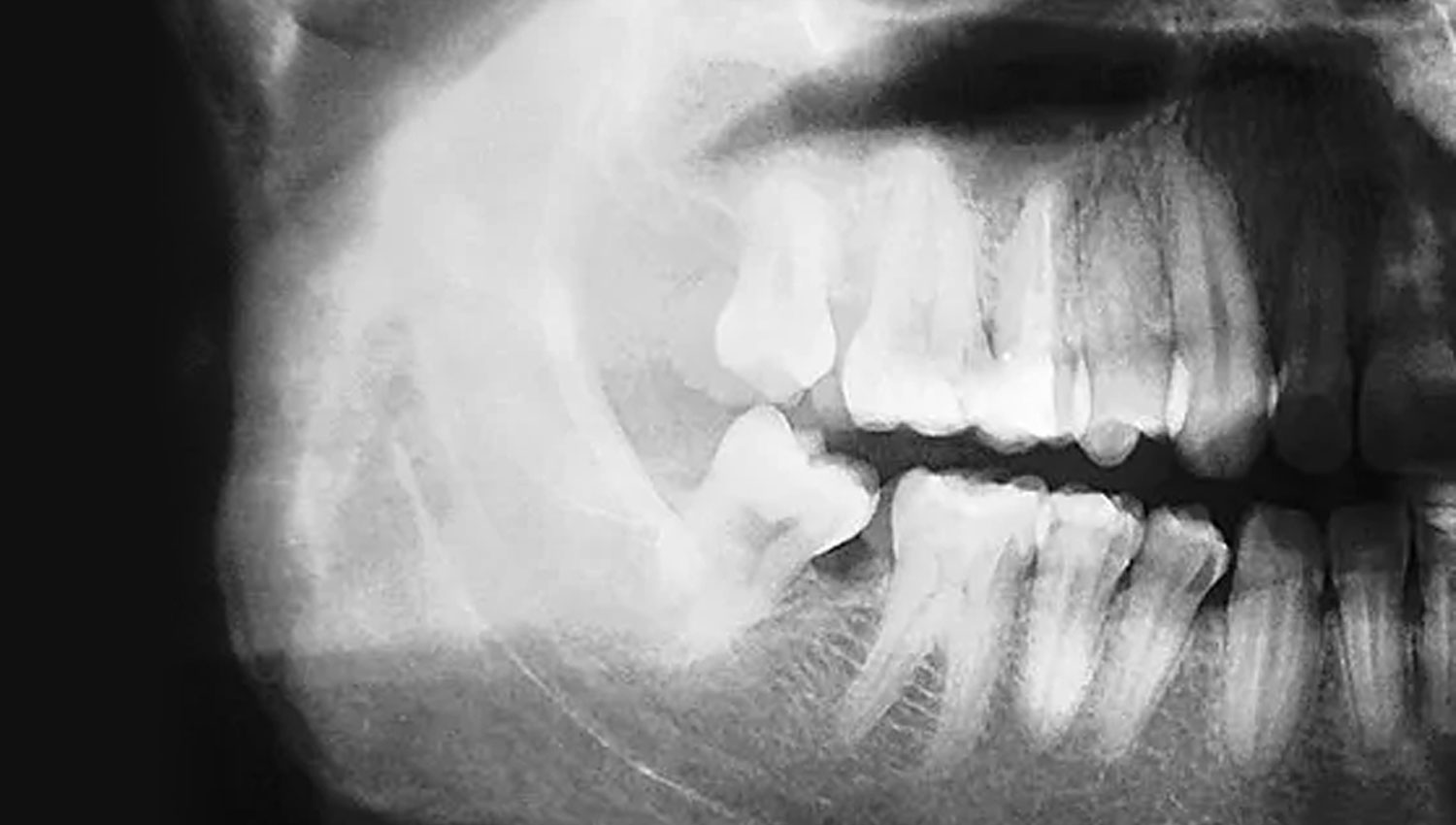Periodontal disease is characterized by a progressive loss of supportive gingival tissue in the gums and jawbone. It is the number 1 cause of tooth loss among adults in the developed world. Periodontal disease occurs when toxins found in oral plaque inflame and irritate the soft tissues surrounding the teeth. If left untreated, bacteria colonies initially cause the systematic destruction of gum tissue, and then proceed to destroy the underlying bone tissue.
Osteoporosis is a common metabolic bone disease which frequently occurs in postmenopausal women but occurs less frequently in men. Osteoporosis is characterized by bone fragility, low bone mass and a decrease in bone mineral density. Many studies have explored and identified a connection between periodontal disease and osteoporosis.
A study conducted at the University of New York at Buffalo in 1995 concluded that post-menopausal women who suffered from osteoporosis were 86 percent more likely to also develop periodontal disease.
Reasons for the Connection
Further studies will assess the extent of the relationship between osteoporosis and periodontal disease. However, the researchers have made the following connections:
- Estrogen deficiency. Estrogen deficiency accompanies menopause and also speeds up the progression of oral bone loss. The lack of estrogen accelerates the rate of attachment loss (fibers and tissues which keep the teeth stable are destroyed).
- Low mineral bone density. This is one of several causes of osteoporosis, and the inflammation from periodontal disease makes weakened bones more prone to break down. This is why periodontitis can be more progressive in patients with osteoporosis.
Diagnosis and Treatment
Osteoporosis and periodontal disease are much less dangerous if diagnosed in the early stages. Once a diagnosis has been made, the dentist will generally work with the patient’s doctor to ensure that both diseases are effectively controlled.
Here are some common methods to diagnose and treat the diseases:
- Routine dental X-rays. X-rays can screen for bone loss in the upper and lower jaw. The dentist also can provide interventions for preventing and treating periodontal disease. Many medical professionals believe that minimizing periodontal disease will help treat osteoporosis.
- Estrogen supplements. Providing post-menopausal women with estrogen supplements lowers the rate of attachment loss and also lowers gingival inflammation. This, in turn, protects the teeth from periodontal disease.
- Assessment of risk factors. Dentists and doctors are able to closely monitor the patients that are at an increased risk of developing both diseases by assessing family history, medical history, X-ray results, current medications, and modifiable risk factors. They can manage tobacco use, obesity, poor diet and estrogen deficiency with education, support, and prescription medications.
Are You Looking for a “Dentist Near Me” in Toronto?
You think you might have osteoporosis and gum disease, and you need help. You know that proper oral care will prevent periodontal disease from getting worse, so you are ready to make an appointment. During your search for a “dentist near me in Toronto,” choose a practice that offers gum disease evaluations and oral surgery options, such as bone grafting. That way, your dentist can properly treat your gum disease.
If you have any questions about periodontal disease and its connection with osteoporosis, please contact our practice.

